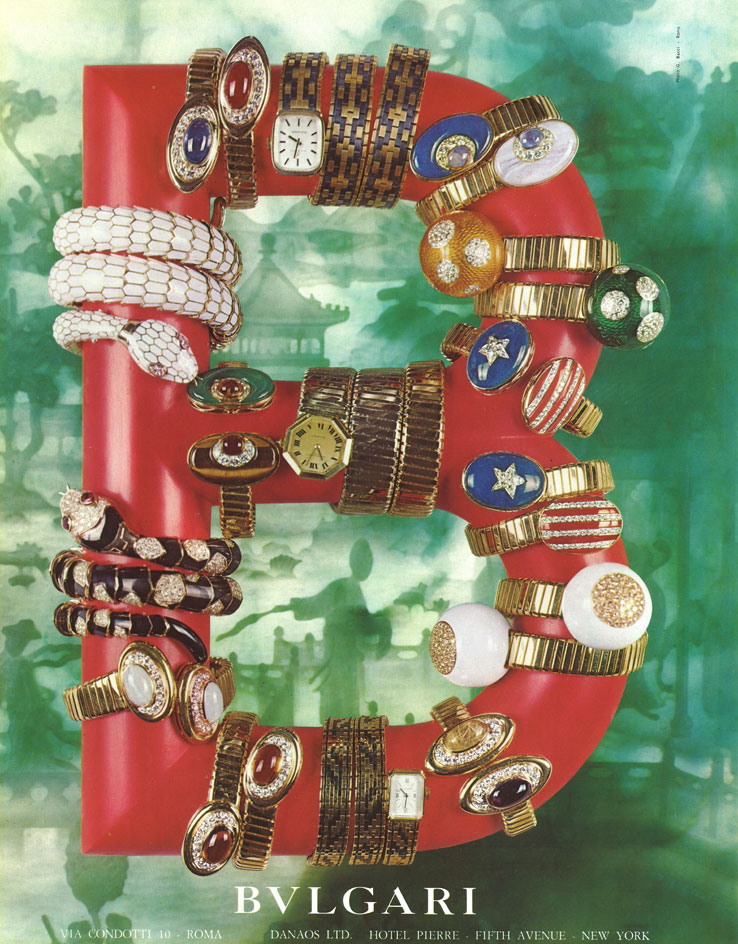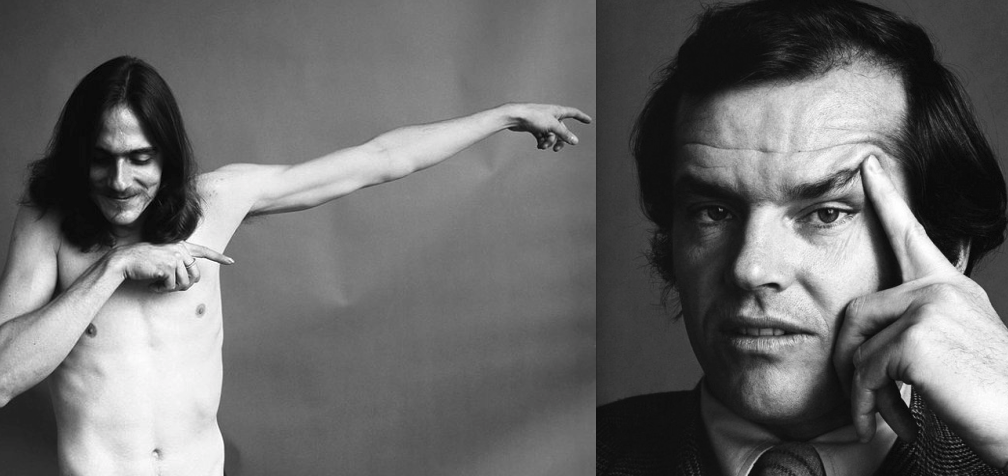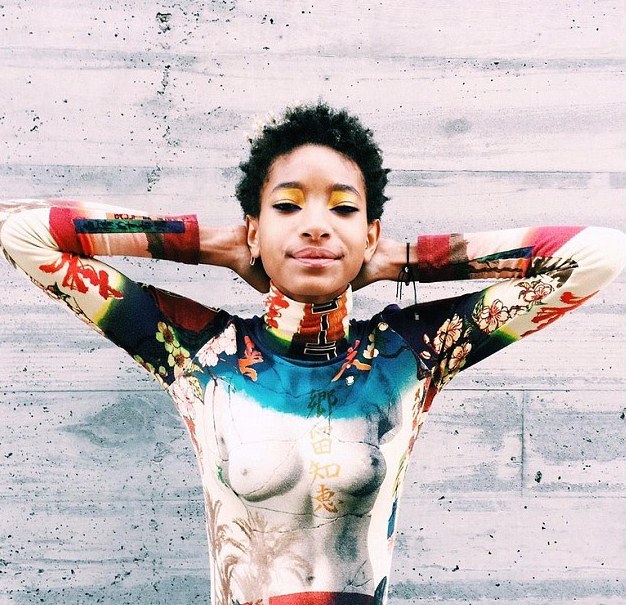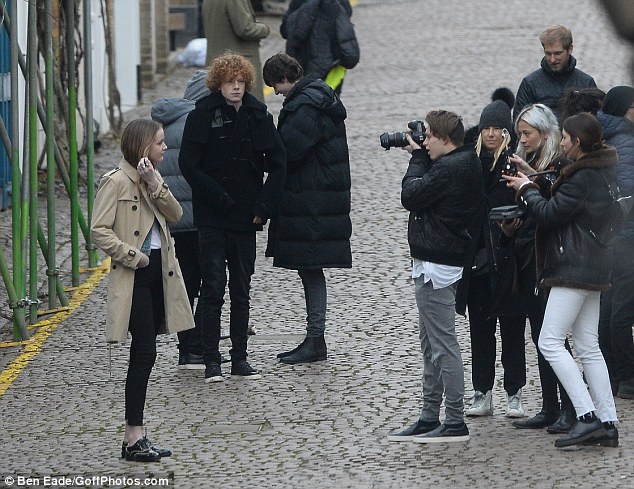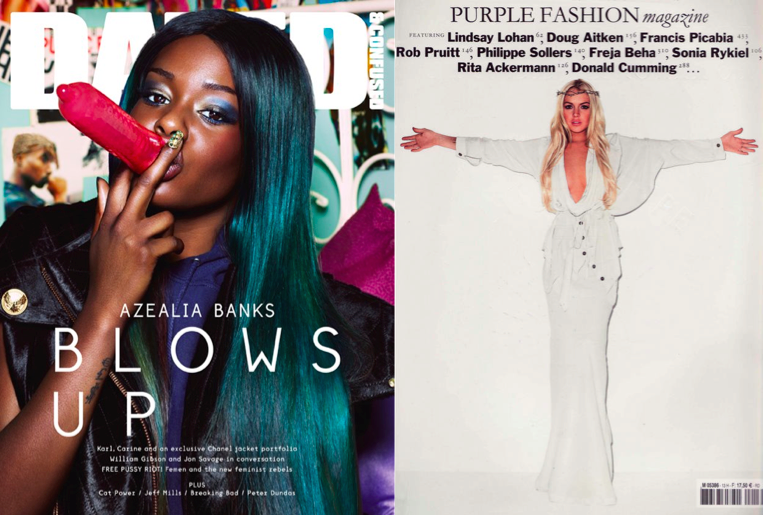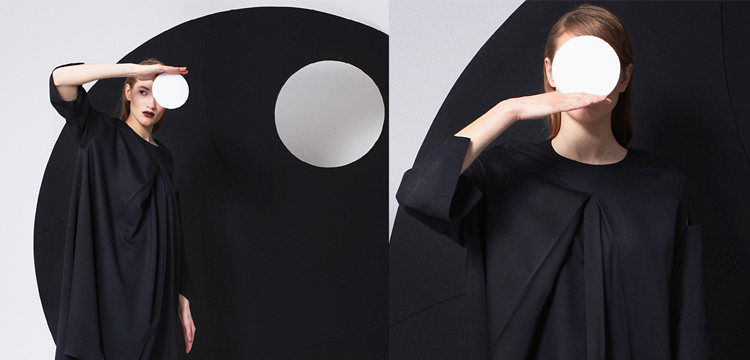As the culmination of Bulgari’s ongoing project of reacquiring its historical jewels, a growing Heritage Collection that was previously itinerant is now permanently housed in DOMVS, a gallery space above the Italian jeweller’s Via dei Condotti boutique in Rome.
Much like the Pantheon, erected by the Romans as a temple dedicated to their gods, DOMVS is an intimate space dedicated to the jewels that shaped Bulgari’s legacy.
‘I think it’s pivotal for a luxury brand,’ said Jean-Christophe Babin, Bulgari’s CEO, indicating the importance of this milestone moment in the jeweller’s 130-year history. ‘Eventually you need a permanent location. We’ve been lucky, because our Via dei Condotti space was big enough to house both a boutique and a gallery’.
The Bulgari design signature – combining coloured gemstones with diamonds – is firmly connected to Rome. Many of the pieces on display in DOMVS pay homage to Roman landmarks: a ruby and diamond brooch from the 1950s once worn by Anna Magnani was inspired by the Piazza del Campidoglio; a trident shaped necklace recalls the three-way road structure that leads to Piazza del Popolo.
It’s an aesthetic link that Peter Marino, who renovated and designed both the gallery space and the boutique, has consciously extrapolated to the DOMVS’ interior elements. One striking new feature that ushers in the Eternal City’s history is the bronze openwork screen that shields the marble staircase, with a motif based on the floor pattern of the Pantheon.
Other interior elements are listed by Belle Arti, Italy’s Fine Arts Superintendency – an unusual situation Marino found to be a pleasant challenge. ‘There is a past, there is a present, there is a future,’ he said. ‘You can’t ignore the past as if it’s something dirty.’ So, he sought to integrate the two, aiming ‘to be at the same time ancient and modern’.
A southern Italian walnut wood floor in ‘crazy new geometric patterns that might have been done in the 1930s’ carries out Marino’s lofty mission with a stateliness that’s reassuring yet homely. Faded green, worn-looking carpets of his own design add a nostalgia that Marino describes as ‘the kind of old you want to live with’, while an adjacent space is dominated by an intriguing reinterpretation of a classic Roman column by the Belgian sculptor Johan Creten. Symbolising ‘the spirit of Rome, the eternal flame’, it denotes the modern Roman elegance that permeates DOMVS.











